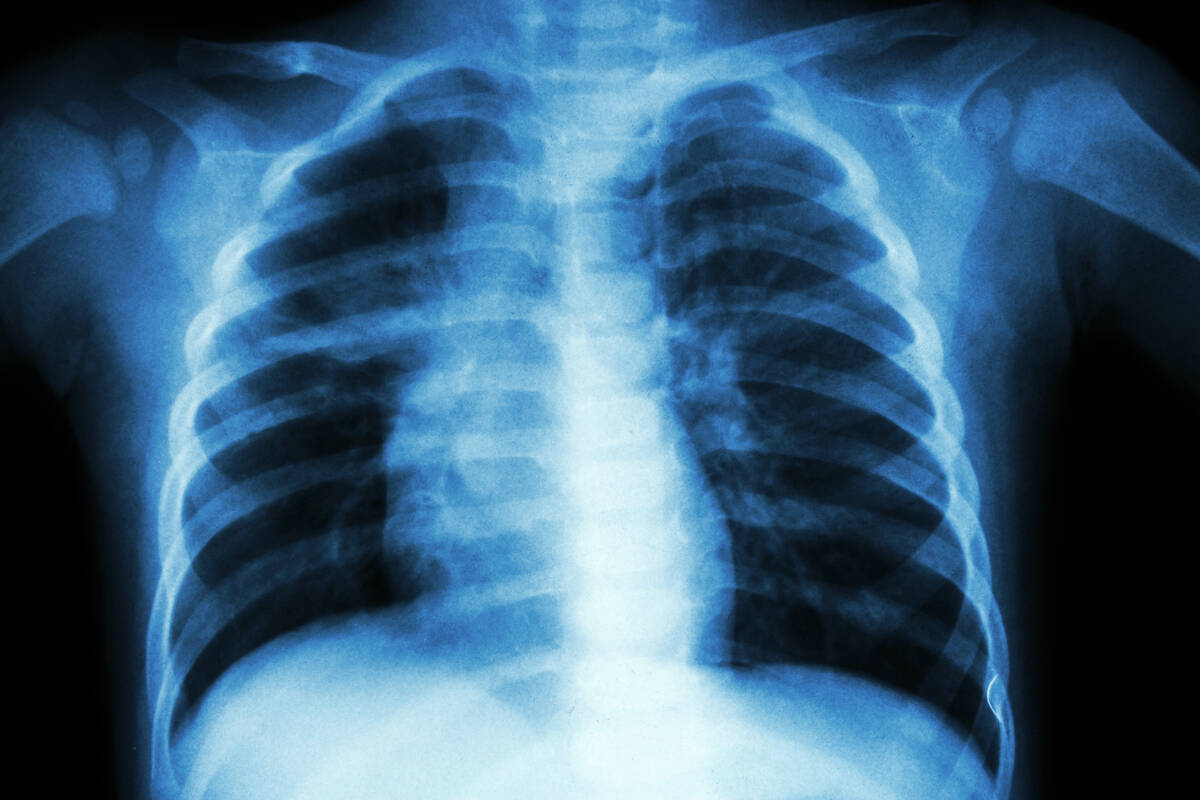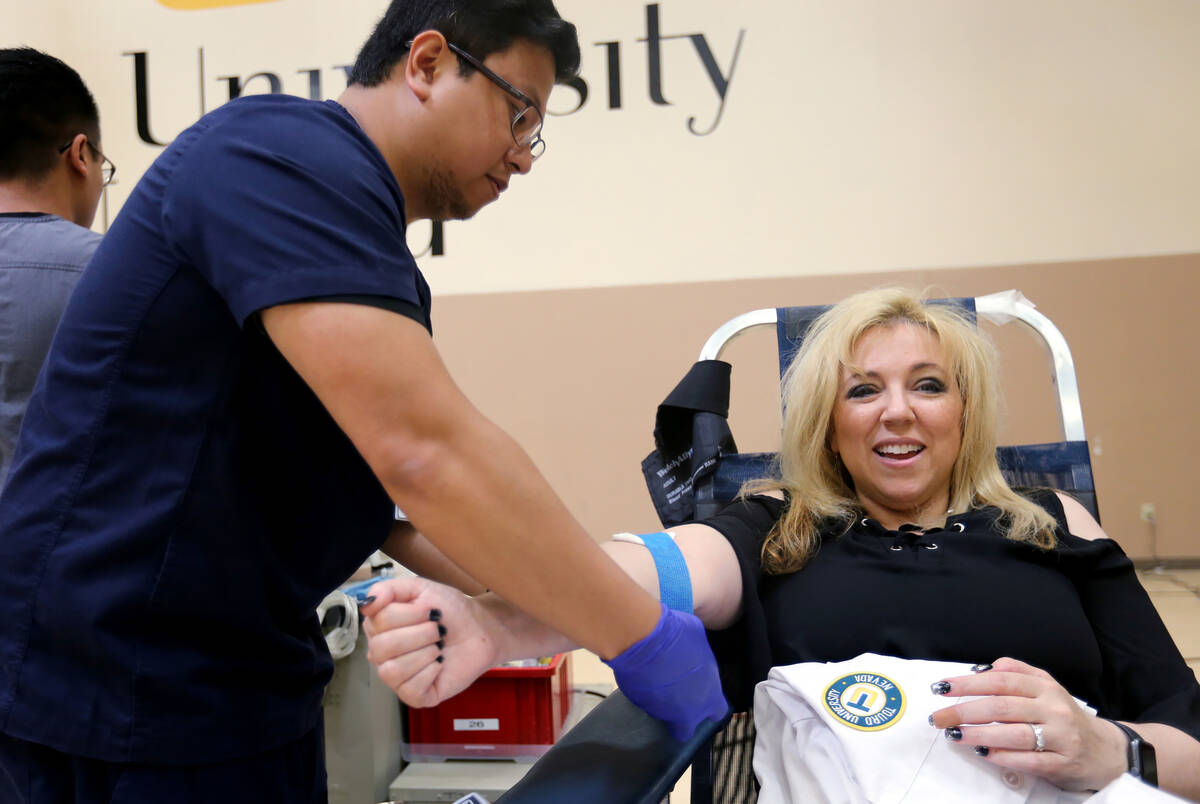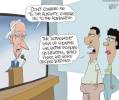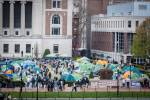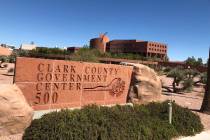Tuberculosis testing involves more than 600 contacts, says SNHD
No known additional active tuberculosis cases have developed — so far — from a person with active TB who was at 26 Clark County School District campuses and a training center in recent weeks, according to health officials.
More than 600 contacts have been identified as part of the investigation, according to the Southern Nevada Health District.
“This is currently a contact investigation, not an outbreak investigation,” said health district spokeswoman Jennifer Sizemore. “We are notifying people they need to get tested because they may be infected with latent TB not necessarily sick with active TB disease.”
Testing has begun for students and staff at more than a dozen schools who had close contact with the infected person, according to the health district.
Principals at 26 CCSD schools sent letters to parents last week to advise them of an active tuberculosis case on campus, but all letters were referring to the person who visited their campus, Sizemore said.
Some staff members and the entire student body at Ruthe Deskin Elementary School in the northwest valley will be tested in January because of the amount of potential exposure to the infected person, Sizemore said.
Some students and staff at 17 other campuses and the training center who had close contact with the infected person will be tested starting this week. In most cases, people at each school who had close contact with the infected person will be tested, Sizemore said.
An earlier unrelated active TB case at Palo Verde High School is being investigated with testing of those who had close contact scheduled for January, Sizemore said.
A Las Vegas family doctor detailed a wide scope of tuberculosis facts and possible scenarios for community members to be aware of.
“A TB outbreak is serious in that we as Americans are not vaccinated like many in other countries (due to cost of the vaccine, efficacy and its potential interference with TB skin test reactivity/results), so we’re vulnerable,” wrote Dr. Daliah Wachs, a board-certified family practitioner in Las Vegas and host of a syndicated talk show about medicine.
The scenarios range widely from health officials “caught it extremely early” to “hundreds of people may have been exposed and could then spread the potentially fatal disease to colleagues, family and friends,” Wachs says.
Wachs answered critical questions about TB, treatment and other factors:
What is tuberculosis?
Tuberculosis has been one of the deadliest lung infections in history. With recent medical advances, death rates have drastically dropped, but currently a fourth to a third of the world’s population is infected with TB and worldwide it ranks in the top three causes of death. TB, known earlier as consumption, was discovered in 1882 by Robert Koch. It is caused by the bacteria, Mycobacterium tuberculosis. It’s an acid-fast staining bacteria (significant for diagnosis purposes) and it needs oxygen to survive, hence the lungs offer the perfect environment for the pathogen to grow.
How is TB passed?
TB is passed by aerosol/droplet transmission so when someone coughs, sneezes, or passes respiratory fluid they could transmit TB. It may also grow on contaminated surfaces.
What are the symptoms of TB infection?
Symptoms may include acute or chronic cough, coughing up blood (hemoptysis), pain with coughing and/or breathing, weight loss, fatigue, fever, night sweats, chills and loss of appetite.
How is TB diagnosed?
If a patient has any of the above symptoms the first test needed is a chest X-ray which may show an effusion (fluid), consolidation (area of the lung obscured with fluid/infection infiltrate) lymphadenopathy (lymph node swelling). Ghon’s lesions (a necrotic, calcified focus of infection) and/or a Ghon’s complex (a Ghon’s lesion with lymph node involvement) may be seen as well.
Cultures of the sputum/mucous can be done but they take four to six weeks. Acid-fast staining can be done on the sputum which will give a quicker diagnosis.
The Mantoux, purified protein derivative (PPD) skin tests are given subcutaneously in the arm and read 48-72 hours later, looking for a red marking.
Two steps are done a week apart to ensure against false negatives.
But even more efficient is the QuantiFERON blood test.
Can TB spread?
Yes, 15-25 percent of the cases can be extrapulmonary. Meaning “beyond the lung,” one could have extrapulmonary TB, with infections affecting the gastrointestinal tract, genitourinary tract, lymph nodes and lining of the brain.
Sometimes TB may disseminate throughout the lungs and body, this is called Miliary TB. Miliary TB can spread to the above areas as well as heart, brain, and bone.
TB may also become “latent” and reactivate at a later date.
Conditions that foster spread
From a community standpoint, since TB is spread by aerosol/droplet transmission it can spread easily, especially during the cough/cold/COVID season.
Who is at risk for acquiring TB?
High risk populations include: Healthcare workers, prisoners, homeless shelters, nursing homes, those dependent on alcohol, chronically debilitated, those with HIV, immunocompromised children and adults.
Contact Marvin Clemons at mclemons@reviewjournal.com. Dr. Wachs radio show can be heard locally on KDAWN, (101.5 FM) from 8 to 10 p.m. weeknights.



